читайте также
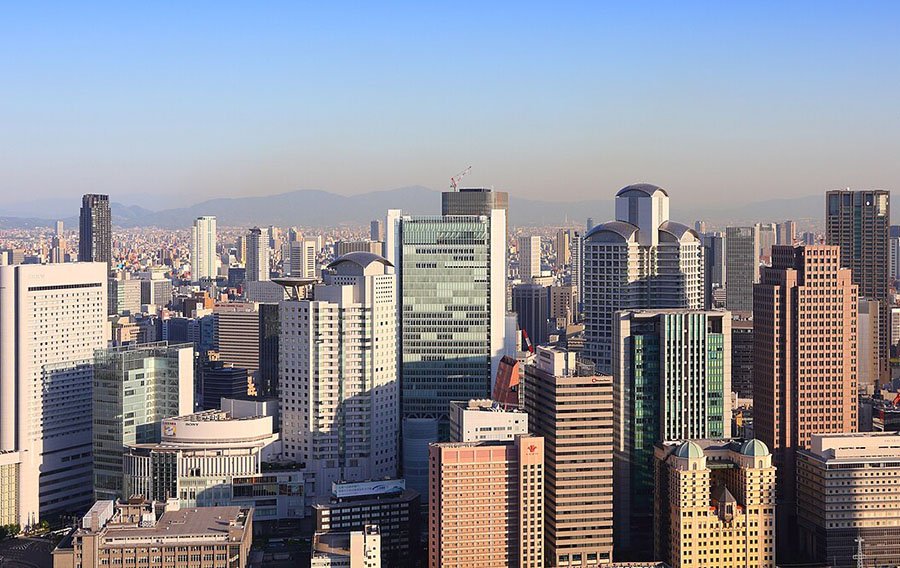 Japan Tightens Property Market Oversight
Japan Tightens Property Market Oversight
 The EU Prepares Unified Rules to Regulate Short-Term Housing Rentals
The EU Prepares Unified Rules to Regulate Short-Term Housing Rentals
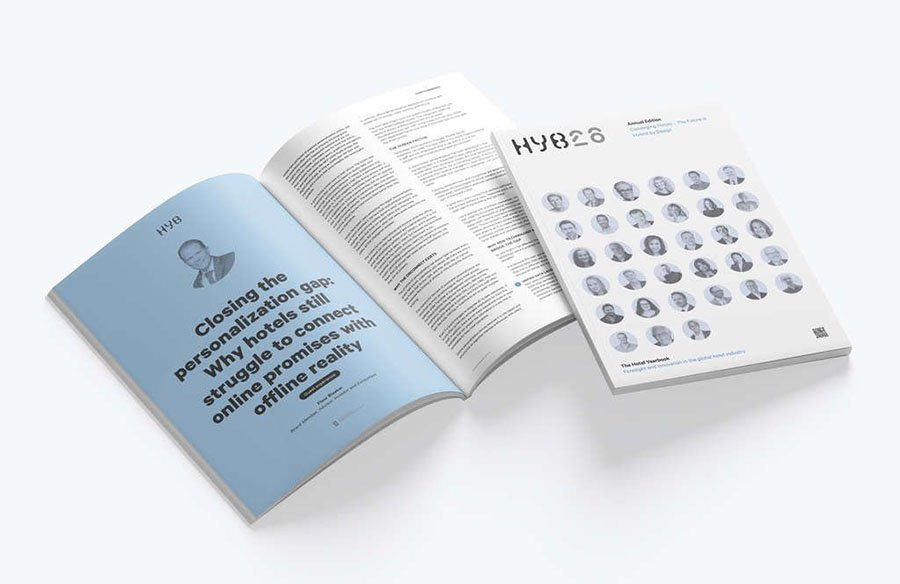 Hotels Enter a Hybrid Future
Hotels Enter a Hybrid Future
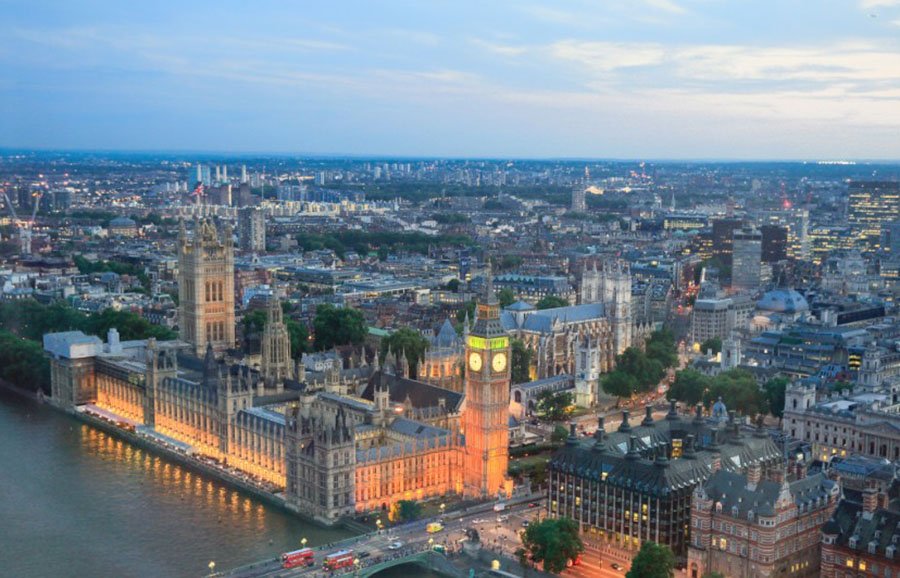 UK Struggles in the Post-Brexit Era
UK Struggles in the Post-Brexit Era
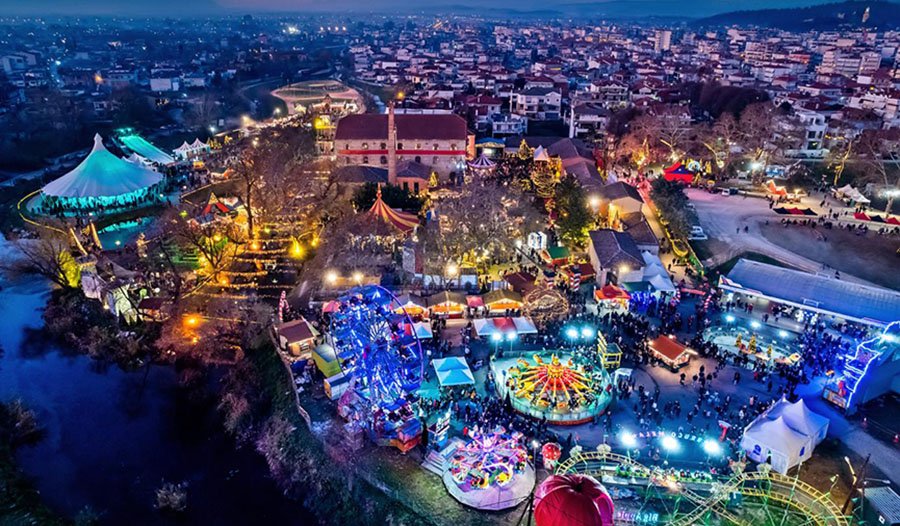 Christmas Park The Mill of the Elves in Greece: a Neverland Fairytale in Trikala
Christmas Park The Mill of the Elves in Greece: a Neverland Fairytale in Trikala
 Nearly 1,900 Affordable Apartments Sit Empty in Portland Amid Housing Crisis
Nearly 1,900 Affordable Apartments Sit Empty in Portland Amid Housing Crisis
Housing in Bosnia and Herzegovina: prices, yields, and risks in 2025
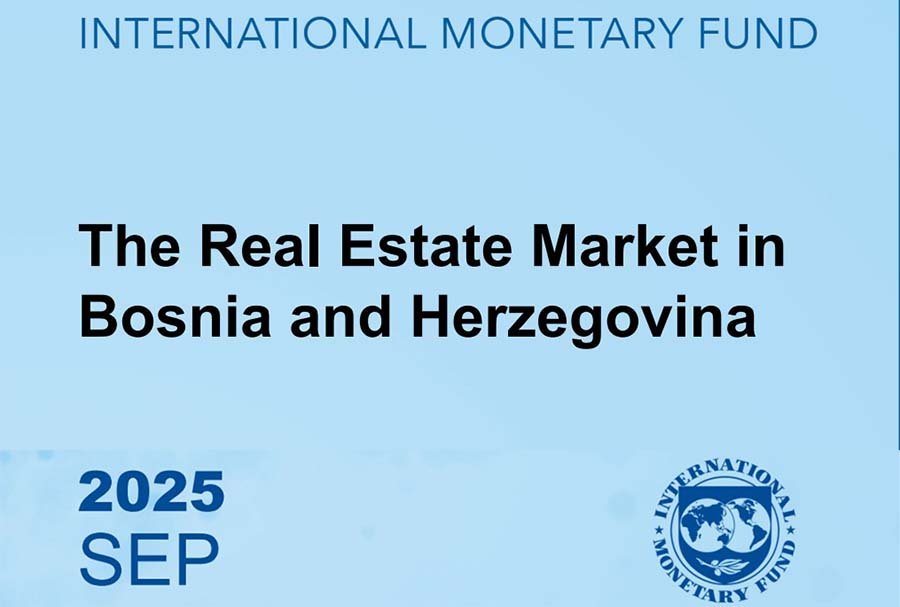
Housing prices and lending volumes in Bosnia and Herzegovina have risen sharply in recent years, IMF analysts report. Systemic risks remain limited thanks to the relatively low share of mortgage loans in bank portfolios and moderate household debt. Real estate investments are mostly made to preserve capital rather than for long-term investment.
Trends in cities and regions
The study notes that the price index increased by 55% between 2019 and 2023. According to the Agency for Statistics of Bosnia and Herzegovina, in 2024 the average price of new builds rose by 16.6% to 3,066 convertible marks (€1,643) per sq. m. In Sarajevo, the figure reached 3,694 (€1,980), up 7.6% compared to 2023. In Banja Luka, prices grew by 9.5% to 3,716 BAM (€1,991). The largest increase was recorded in Mostar — up 27.2% in a year to 2,200 (€1,179) per sq. m, as well as in Zenica, where prices rose by nearly 20% to 2,360 marks (€1,265). Tuzla showed moderate growth of about 9%.
The IMF notes that regional dynamics highlight differences between the country’s two administrative entities. In the Federation of BiH, prices are growing especially fast in Sarajevo, driven both by migration from rural areas and by investment activity. In Republika Srpska the picture is more even: prices in Banja Luka are moving in line with other cities, pointing to less urbanization pressure.
On average, purchasing power has fallen by 13% compared to 2018: in 2024, an average monthly salary in Republika Srpska could buy just 0.6 sq. m of an apartment, while in the Federation of BiH it was 0.5 sq. m. Authorities have already taken steps by allowing VAT refunds on the purchase of a new first home, but the measure has had little effect so far as the relevant bylaws are still under discussion.
In January–February 2025, the number of approved housing permits fell by 32.25% compared with the same period of 2024, totaling 1,361 units. The decline is explained by labor shortages and persistently high material costs. In 2025, the Federation of BiH raised the minimum wage, further increasing construction cost pressures.
The mortgage segment is expanding but remains a small part of banking portfolios. In 2024, only 24% of all household loans were mortgages, while half of all housing transactions are still done in cash — often involving the diaspora investing savings without bank financing. In February 2025, the average interest rate on new housing loans in local currency was 3.92%, and for loans indexed to the euro 3.94%. The total mortgage portfolio reached 3.2 billion BAM (€1.7 billion), equivalent to 5.8% of GDP. Low borrowing costs and fixed rates continue to stimulate applications.
Household debt remains modest: 23.7% of GDP compared to 52.8% in the eurozone. Non-performing loans in the mortgage sector were minimal — only 0.7% at the end of 2024. This points to limited systemic risks, although rising demand and constrained supply keep price pressures high.
Investment and yields
Global Property Guide reports that the average gross rental yield in Bosnia and Herzegovina in Q2 2025 stood at 4.24%. In Sarajevo, it was estimated at 4.09%. The highest figure was recorded in Ilidža for one-bedroom apartments — 6.10% at a purchase price of €35,239 and monthly rent of €179. In the old town, four-bedroom apartments bought for €183,946 can generate a 6% yield if rented for €920. The lowest profitability was for two-bedroom units purchased for €82,710 with a rent of €199 — 2.89%. In Banja Luka, the average rental yield was 4.40%. For example, a four-bedroom apartment worth €153,289 with rent at €562 produces this return. The lowest figure was seen in studios bought for €76,242 and rented for €179 — 2.82%.
In February 2025, the rental index rose by 9.5% year-on-year, compared with general inflation of 3.5%, according to the Agency for Statistics. Rental demand remains high in major cities despite the sector’s modest size. In Sarajevo, average rents range from €230 a month for a studio and €271 for a one-bedroom apartment up to €1,023 for housing with four or more rooms. In Banja Luka, the range is €205–281 to €665. Rising rents are driven by limited supply, some owners shifting to short-term rentals, and stronger demand from students and labor migrants.
Low deposit rates (below 1%), the absence of a developed stock market, and restrictions on placing funds abroad make real estate virtually the only investment option. At the same time, the price-to-rent ratio is around 15 years, indicating that housing is mainly purchased for own use rather than as a rental business tool. Such investments are seen as a way to preserve capital or as a long-term asset.
Risks and outlook
The IMF warns of the risk of overheating due to strong demand and limited supply. The report also points to the high share of fixed-rate loans, which creates bank vulnerability if market conditions change. In Bosnia and Herzegovina, cash transactions dominate, complicating the assessment of real financial risks and potentially adding to market volatility.
Additional problems stem from the country’s complex administrative structure, divided between the Federation and Republika Srpska. This creates bureaucratic delays in approvals, property rights checks, and construction permits. It should be noted that foreigners may need additional approvals to purchase property in certain cantons and municipalities.
The economy of Bosnia and Herzegovina grew by 2.5% in 2024, but in 2025 the IMF expects a slowdown to 2.4%. Inflation, however, is moving differently: after falling to 1.7% in 2024, it is forecast to accelerate to 3.8% by the end of 2025 due to higher prices for imported food. Possible threats include weak external demand, trade restrictions, rising political tensions, and potential deviations from planned fiscal policy ahead of the 2026 elections.
Read more:
European Real Estate Investment 2025: Colliers Research
Global Real Estate Outlook: Investors Compete for Top Locations
The Global Economy Is Recovering but Remains Vulnerable — IMF Forecast





